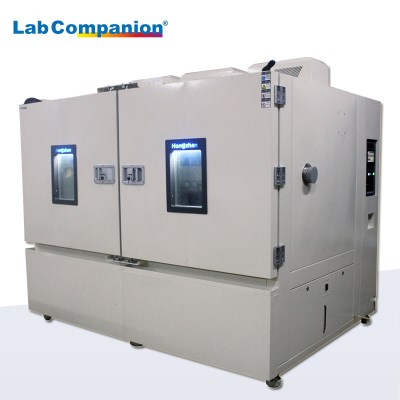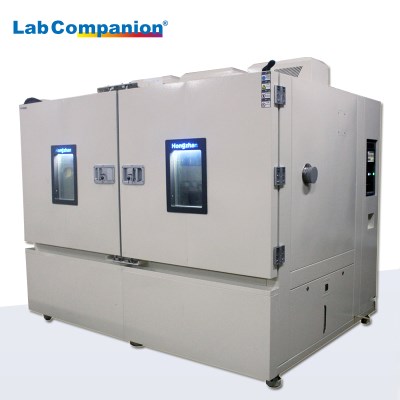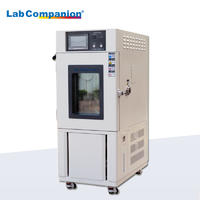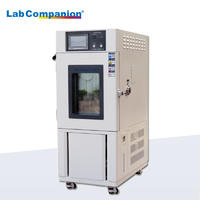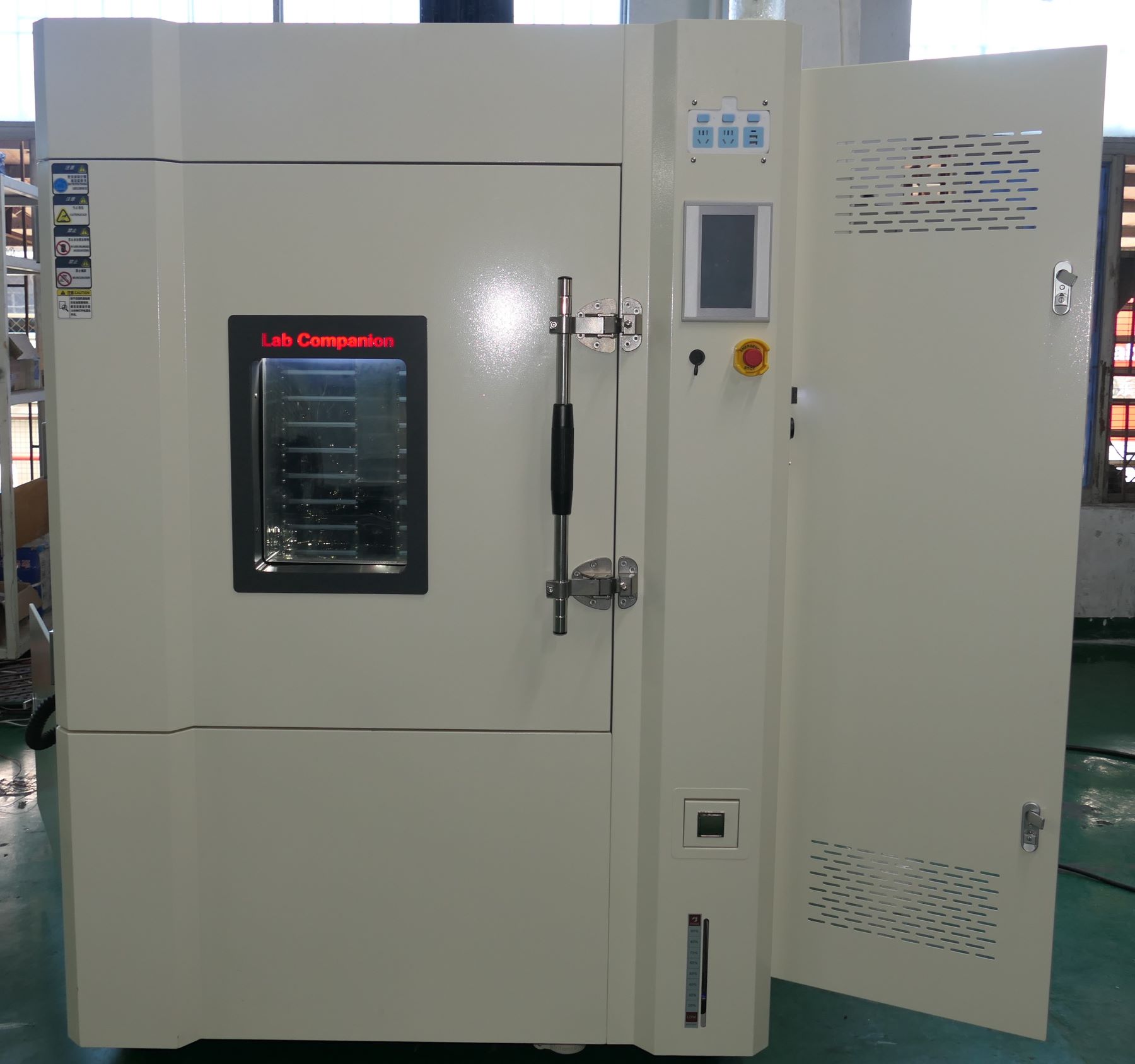Operation Notes for Rapid Temperature Change Test Chambers: Don't Overlook These Key Points
Dec 02, 2025
As a core device for environmental reliability testing, the rapid temperature change test chamber is widely used in electronics, automotive, and other industries due to its ability to achieve drastic temperature variations. Its high/low temperature performance and rapid temperature change capability directly affect test data accuracy, operational safety, and equipment service life. Below are the core operational precautions:
I. Pre-Startup: Conduct Basic Inspections
Comprehensive pre-startup checks are critical for preventing malfunctions, focusing on "medium, status, and connections":
Medium & Pipeline Inspection: Verify that the cooling system's liquid level and pressure meet standards, with no pipeline leakage or blockage. Check the refrigerant system pressure to avoid cooling failure or compressor damage due to insufficient medium.
Equipment Status Confirmation: Ensure the chamber door seal is intact (poor sealing reduces temperature change rate and increases energy consumption). Keep the chamber interior clean and free of debris, and ensure sensor surfaces are free of oil and dust to avoid temperature measurement interference.
Electrical Connection Check: Confirm power and control cables are securely connected, and the grounding resistance complies with specifications (≤4Ω) to prevent electric leakage or electromagnetic interference.
II. Sample Placement: Prioritize Scientific Standards
Proper sample placement ensures test authenticity, adhering to the principles of "no interference, no overrun, easy monitoring":
Weight & Volume Control: Total sample weight must not exceed the rated load. Single sample volume ≤ 1/3 of the working chamber. Maintain a distance of ≥5cm from the chamber walls and sensors to avoid uneven local temperature caused by airflow blockage.
Sample Compatibility: Never place flammable, explosive, corrosive, or toxic samples. For heat-generating samples, specify power in advance to ensure compatibility with the equipment's heat dissipation capacity and prevent overload.
Fixing & Wiring Specifications: Secure samples with dedicated brackets to prevent displacement during temperature changes. Use high-temperature resistant insulated wires for energized tests to avoid short circuits and aging.
III. Operation Process: Precise Monitoring & Adjustment
Dynamic monitoring during operation guarantees test reliability, focusing on "parameters, status, and abnormalities":
Parameter Setting & Verification: Set temperature range, change rate, and other parameters per standards and re-verify. Adjust only after the equipment stabilizes to avoid system fluctuations.
Operation Status Monitoring: Real-time monitor temperature curves and indicator lights to ensure the deviation between actual and set temperatures ≤ ±1℃. Listen for abnormal noises from components like the compressor and shut down immediately if detected.
Abnormal Handling: If the equipment triggers over-temperature, overload, or other protections, do not force reset. First troubleshoot the cause (e.g., abnormal sample heating, unstable voltage) before restarting.
IV. Post-Test: Standardized Shutdown & Maintenance
Proper post-test procedures extend equipment life, following three steps: "cooling, cleaning, and recording":
Gradual Cooling to Prevent Damage: After testing, open the door only when the chamber temperature drops to room temperature (20-25℃) and the temperature difference with the outside ≤10℃, avoiding sample condensation or chamber wall damage.
Cleaning & Maintenance: Wipe the chamber interior and door seal with a dry cloth. Use dedicated cleaners for leaked substances. Remove dust from the equipment exterior to ensure unobstructed heat dissipation.
Data & Status Recording: Document test parameters, curves, and abnormalities. After turning off the power, cut off the cooling medium supply and organize wires and brackets.
V. Long-Term Maintenance: Extend Equipment Lifespan
Regular maintenance prolongs service life:
Monthly: Check the door seal elasticity and replace if aged.
Quarterly: Clean the condenser and evaporator.
Annually: Arrange professional inspection and maintenance of the compressor and refrigeration system.
The core of test chamber operation is "safety first, standardized operation, and precise monitoring." Strict adherence to the above precautions ensures safety, reliable test data, and extended equipment life, providing strong support for product reliability verification.
إقرأ المزيد




